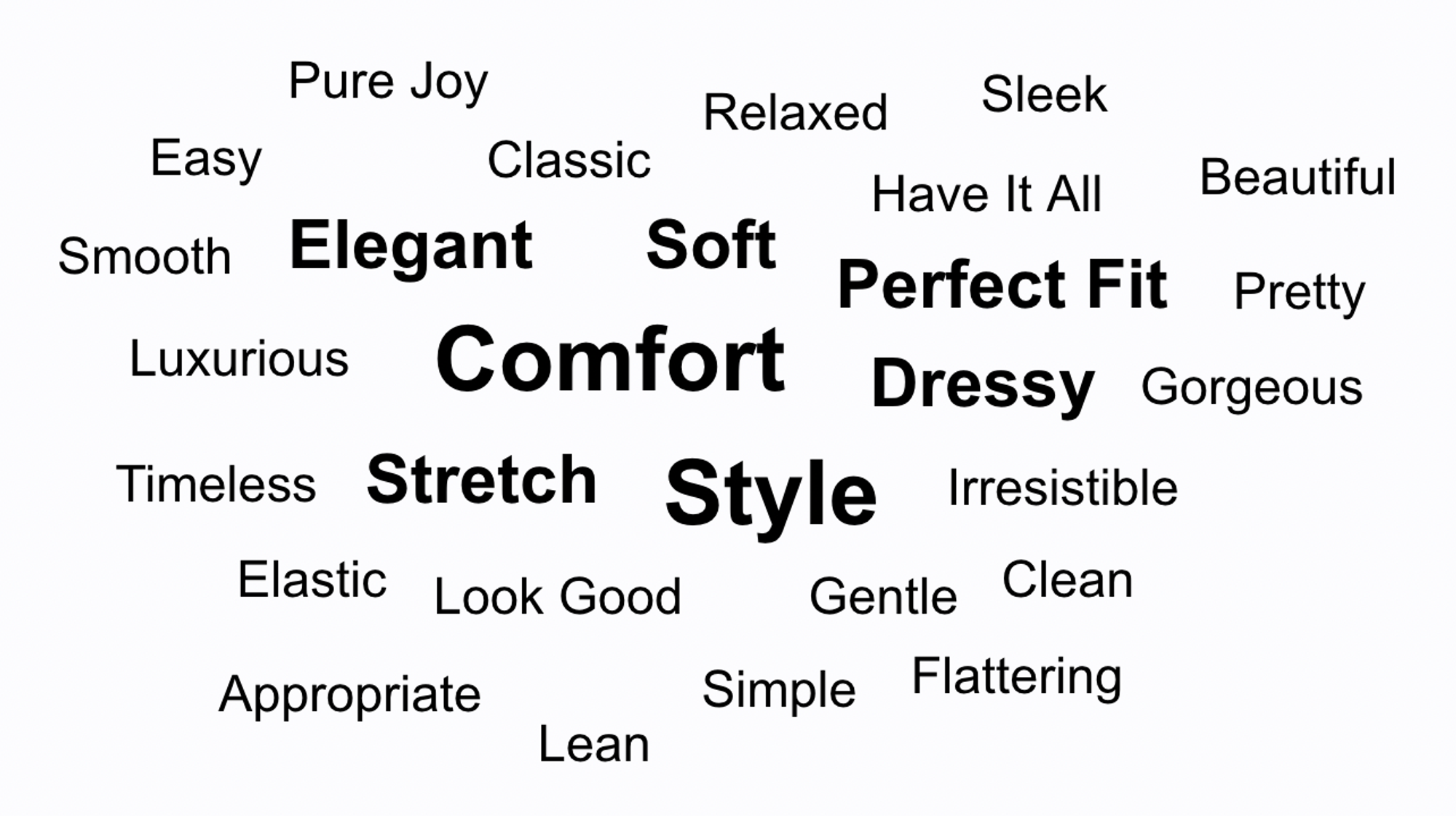“Your brand is what other people say about you when you're not in the room.” –Jeff Bezos
You have a brand. Yes, you!
Even when you’re just getting started and barely have a website set up.
And right from the start, you can ensure that what people are seeing and saying about you is what you want them to see and say. If you want to be recognized and remembered, don’t leave your brand up to chance.
That’s where a brand guide comes in. It’s an instruction manual for your visual and verbal identity with clear guidelines on how to communicate your brand.
Want to see an example? Here is the brand guide/media kit for Building a Second Brain that I co-created: basb.io/brandguide
Now, there are two elements to a comprehensive brand guide: visual and verbal.
1. Your Visual Brand Guide
This is all about how your brand looks: the colors, fonts, and images you’re using to represent your brand on your website, social media, on a slide deck, etc.
A graphic or brand designer can develop a guide for you, or you can do it yourself.
Here’s what a visual brand guide should include at the minimum:
- Logo: Logos are the instantly recognizable representation of a brand. It pays off to get a good one. Ensure that you have versions of your logo that you can use on light and dark backgrounds. Also, get a mini, square version of your logo for your favicon (the little icon that appears in the browser tab left of the name of your website).
- Typography: This is the font you’ll use on your website, slides, and graphics. One font is usually more than enough to represent your brand. For example, for Building a Second Brain, we use Poppins for everything. But you could also choose one font for headlines and one for body copy. In any case, make sure it’s easy to read! Google Fonts is a great place to start looking.
- Colors: If you’re tempted to pick one of the pre-made color pallets floating around on the internet that come with 6-8 matching colors, stop. More colors overcomplicate things. There’s a reason why big brands often use only one or two bold colors (think Target red or IKEA blue and yellow). Pick one main color that you like. If your brand designer suggests more colors, make sure it’s clear which one you’re supposed to use for hyperlinks in your body copy and for buttons in emails and on your website.
That’s it for a simple brand guide!
If you want to go one step further, your brand designer can develop graphic language and assets that you can use in your designs.
Make sure that you’re getting these assets in the right file formats. Designers typically share graphics in an .ai format which is only accessible via Adobe Software.
But if you’re like me, you just want to use Canva or Google slides to whip up a quick graphic. For that, you need .png files (without any background) so you can plug the graphic in anywhere.
If you want to go the DIY route and develop your own visual brand guide, I can recommend the Approachable Design course by Nate Kadlac.
2. Your Brand Voice Guide
Your brand voice is the personality of your brand expressed through the words and sentences you write.
Why is a consistent brand voice important? Because using language your audience understands is key to building a connection (and ultimately converting them into customers).
Brand voice guidelines reinforce who you are, no matter where people find you.
The 3 areas to explore here are the brand personality, language, and voice characteristics. These can be then translated into concrete writing guidelines that will help you and any content or copywriter you work with keep your brand voice consistent.
Brand Personality
Ask yourself one of the two questions to get started thinking about your brand’s personality:
- If your brand were a cartoon character, superhero, or any fictional character, who would it be?
- If your brand were a real person, what’s his/her personality? How’s he/she like?
Just writing down what comes to mind will make it easier to dive into the next areas of your brand voice.
Here’s a concrete example:
If [brand] were a superhero, she would be Captain Marvel.
She is a feminist, passionate about defending what’s right. She speaks her mind and isn’t afraid to step on somebody’s toes for the right reasons. She’ll do so always in a professional way, though. She also has a playful side and doesn’t take herself too seriously. She’s fun to be around and a trusted friend to anybody who needs her help.
Brand Voice Characteristics
If you had to describe your brand voice in 3-4 words, what would those be?
Picking characteristics to describe your brand voice will make it more concrete for you and any writer you work with.
Here are some ideas for you:
informal | tongue-in-cheek | funny | educating |
confident | knowledgeable | responsive | engaging |
professional | official | encouraging | authoritative |
caring | cheerful | coarse | conservative |
casual | dry | edgy | enthusiastic |
formal | frank | friendly | fun |
humorous | informative | irreverent | matter-of-fact |
nostalgic | passionate | playful | provocative |
quirky | respectful | romantic | sarcastic |
serious | smart | snarky | sympathetic |
trendy | trustworthy | unapologetic | upbeat |
witty | geeky | direct | conversational |
practical | helpful | expert | weird |
sassy | sweet | genuine | authentic |
warm | welcoming | ㅤ | ㅤ |
Brand Language
What are particular words that you like/ don’t like in your space?
You could create a word cloud such as the one below, with the biggest and boldest words being the keywords you constantly use.

You can also create a list of terms you use often and how you spell them.
Here’s an example from Building a Second Brain:
- CODE Method
- Internet (with a capital "I")
- notetaking
- notes app (always with an “s” after note)
- personal knowledge management (PKM)
- Progressive Summarization
- Project Completion Checklist
- Project Kickoff Checklist
- Intermediate Packets
- PARA Method
- Second Brain (always capitalized) / Second Brain system
Bringing it together: Writing Guidelines
Everything you’ve gathered so far should be summarized into concrete writing guidelines that anyone can follow.
I like to organize these in a simple list of Dos and Don’ts.
Here’s an example:
DOs | DON’Ts |
Active Voice | Passive Voice |
Conversational Tone | Slang |
Contractions (you’d, they’ll) | Obscure, pop-culture references |
Short, concrete examples | Meaningless buzzwords and industry jargon |
Direct and clear words | Overly colorful language |
Positive constructs (can, will) | Negative constructs (can’t, won’t) |
Abbreviations when they’ve been explained before | Run-on sentences |
One key message per sentence | ㅤ |
American/British/Canadian/Australian English | |
Use emojis when appropriate | ㅤ |
Write dates as October 11th, 2021 | ㅤ |
Spell out 1-100 and large round numbers | ㅤ |
Use EDT as our standard timezone | ㅤ |
Write books, TV series, films in italics (without “..”) | ㅤ |
Use – (not - or —) | ㅤ |
If you want to go deeper into brand voice and even have an expert develop a guide for you, I recommend checking out Justin Blackman. If someone got the whole brand voice thing figured out, then it’s him!
